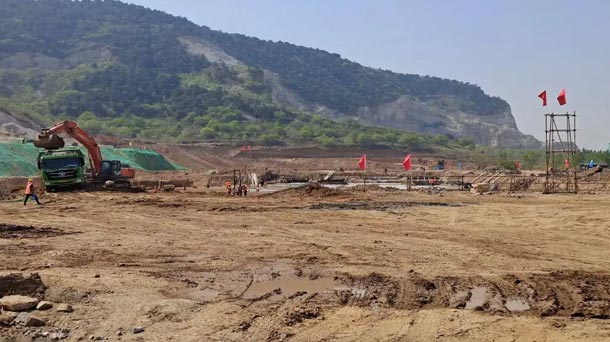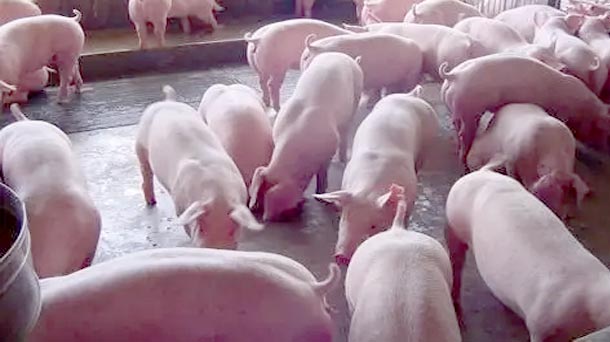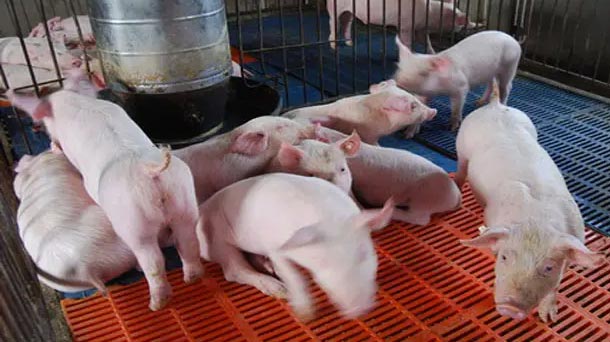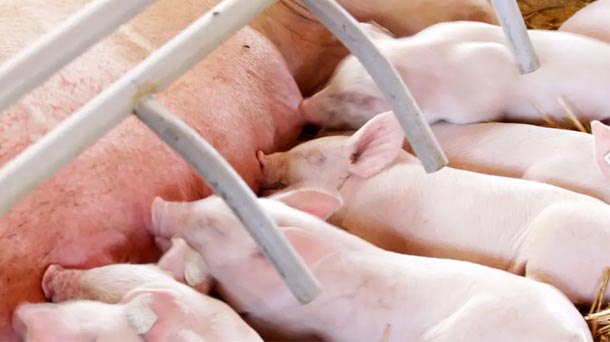If you are planning to start a pig farm, you have to get lots of information to work out a business feasible planning report,here are the 8 keys factors Mus Agro recommend for your pig farm plan researching
If you plan to start a pig farm, whether you own land with property rights or lease land to build the pig farms, you must comply with the local government’s construction planning and land management laws, and report to the local government, the Bureau of Agriculture, and the Bureau of Natural Resources and Planning for approval. Construction can begin only after the land formalities are completed.
The location of pig farms should be outside the prohibited breeding area, away from villages, schools, scenic spots, main traffic lines, drinking water sources and other areas where breeding is prohibited.
In the allowable breeding area, pig farms need to build complete manure collection and manure treatment facilities in accordance with environmental protection requirements, and properly handle breeding manure, especially sewage discharge should be strictly in accordance with government environmental protection standards.
The air pollution of pig farms is also a key concern, especially pig farms that are relatively close to residential areas, which are prone to complaints from residents

The pig farm shall keep away from animal isolation sites, harmless treatment sites, animal slaughtering and processing sites, animal and animal product bazaars, and animal clinics.
Epidemic prevention and isolation facilities shall be constructed around pig farms, better to establish one plants quarantine area, control and maintenance of common diseases, especially zoonotic diseases.Construction of harmless treatment equipment for sick and dead pigs in pig farms, and necessary anti-rat, anti-bird and anti-insect facilities or measures for pig houses;
Pig farms should be built in places with high terrain, leeward, sunny, air circulation, suitable soil quality, low groundwater level, gentle slopes, and generally flat; low-lying and damp places and air vents on the top of the mountain are not good to build the farm, low-lying and humid places are prone to breed various Microbiological diseases, which are detrimental to the health and production of the pig herd.
The farm should be leeward to the sun, so as to keep the microclimate temperature in the factory area relatively constant and reduce the invasion of cold winds in winter and spring. The ground of the factory area should be flat and slightly sloped to facilitate drainage and prevent road water accumulation.

When choosing a piggery farm site, the quantity and quality of the water source must meet the requirements. The quality of drinking water is directly related to the growth and development of the pig herd. Unclean drinking water often leads to various diseases such as diarrhea, malabsorption of nutrients, etc., which can lead to a decrease in the productivity of the pig herd.
The soil condition of the site also has a great impact on the health of the pig herd. The air permeability, water permeability, hygroscopicity, capillary properties and chemical composition of the soil all directly or indirectly affect the purification of the air, water quality and soil in the factory area.
The ideal is that the pig farm soil should have good air permeability, easy water seepage, large heat capacity, weak capillary action, easy to maintain a proper dry environment, and prevent the survival and reproduction of pathogenic bacteria, mosquitoes, parasite eggs, etc.

The transportation volume of pig farm feeds and manure and other wastes is large, and convenient transportation can reduce production costs and prevent pollution of the surrounding environment. However, the main traffic lines often cause the spread of epidemic diseases. Therefore, the site must be convenient for transportation, but also keep a distance connected to the main transportation lines.
When selecting the site, the distribution and density of pig farms within the range of 2km and 5km, whether there are garbage dumps, slaughterhouses, live animal trading markets, and dead pig disposal farms around, the distance from the pig farms to the nearest road, wind direction, terrain, river course, Congenital conditions such as rainwater drainage should be taken into consideration.
The farm area should be functionally complete and reasonably partitioned according to the local prevailing wind direction and site topography. The management area, production area, harmless treatment of sick and dead pigs and manure treatment area, warehouse and feed processing workshop area should be reasonably arranged and relatively independent to facilitate isolation and epidemic prevention and improve production efficiency.
The breeding pig house, breeding house,sow farrowing house, piglets nursery house and fattening pig house in the production area should be separated independently, or each house should maintain a certain distance. isolation belt. The breeding barn should be clearly separated from other barns, and should be built in the upwind direction with less traffic and pig farms.
The fattening pig house should be located in the downwind direction to breeding house. In the design, the direction of the pig house should be at an angle of 30 to 60 degrees with the prevailing wind direction in summer, so as to facilitate the ventilation of the pig house in summer. At the entrance of the production area, a disinfection pool and a disinfection room should be set up to facilitate the disinfection of personnel and vehicles.

Separating the fattening farm from the breeding farm is on widely breeding mode, especially in North America, the breeding farm is farrow to wean , and piglets are transferred to the fattening farm after nursery, there is always a certain distance between the two farms. Most of the fattening pig farms are built near the farm, and the pig manure and sewage are stored and can be used as fertilizer for farm land after fermentation, which is conducive to the consumption of manure.
Making the pig farm as one production line is also one widely existing mode. In one large-scale production farm area in which sow production, piglet breeding, and meat pig fattening are divided into separate feeding areas. The advantage of this mode is that it can improve the professional feeding management of various types of pigs. At the production level, a large number of vehicles are required to operate the pig transfer house throughout the farm.